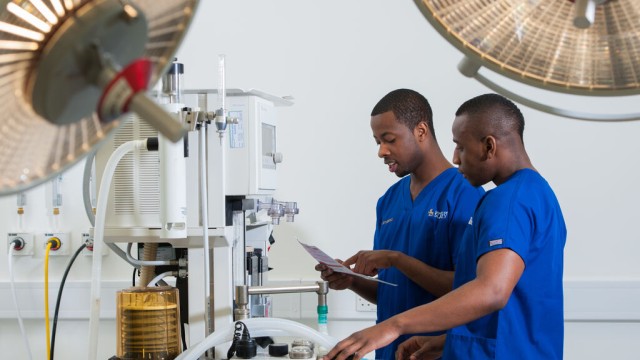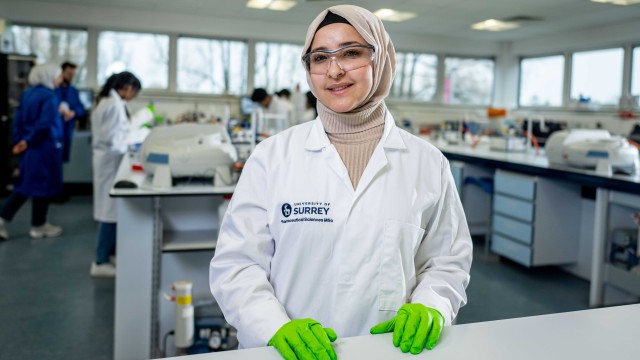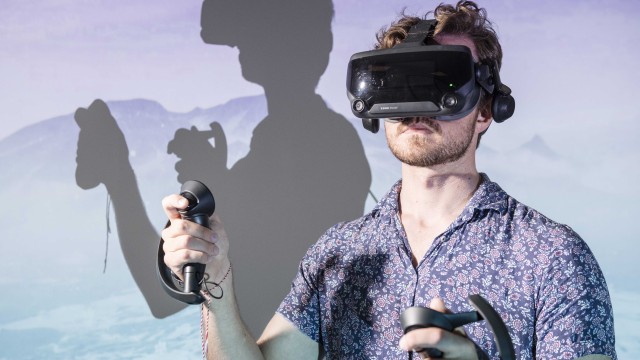
Partnerships for success
To succeed, we recognise that Surrey cannot work in isolation. We will work through, and with, carefully developed partnerships built on shared goals to bring the collective strengths and capabilities to the widest set of problems and communities as possible.
Aspirations
- To continue to be a preferred partner in collaborative education, research and innovation, building relationships with individuals and organisations to bring a broader set of skills and capabilities together to enhance our reach, capacity and impact.
- To solve more complex problems, create richer learning experiences, access wider funding opportunities and improve the translation of research to real-world impact, through effective partnerships.
- To attract significant philanthropic interest through rapidly increasing levels of engagement with alumni and friends from around the world and act as a catalyst to bring together forward-thinking stakeholders todevelop solutions to global issues.
The goals
The approach

As direct government support for universities declines, competition will intensify within the sector. We value partnerships that span the breadth of organisations, including academia, government, health and other services, charitable bodies and industry, in order to support our collective aims. We will:
- Adopt a systematic and strategic approach to cultivating new partnerships with entities that align with our values and aspirations.
- Remove unnecessary administrative hurdles and support the establishment and harnessing of new and existing connections.
- Cultivate an organisational culture that is outward-facing, utilising partnerships to elevate outputs and maintain connectivity with essential stakeholders in order to realise this ambition.
The alignment between our existing and emerging research Institutes and many of the regional economic clusters will enable a virtuous cycle to develop where critical mass grows, attracting global talent and investment.
Success will see Surrey acting as a catalyst connecting organisations and talent, creating opportunities and improving society.




